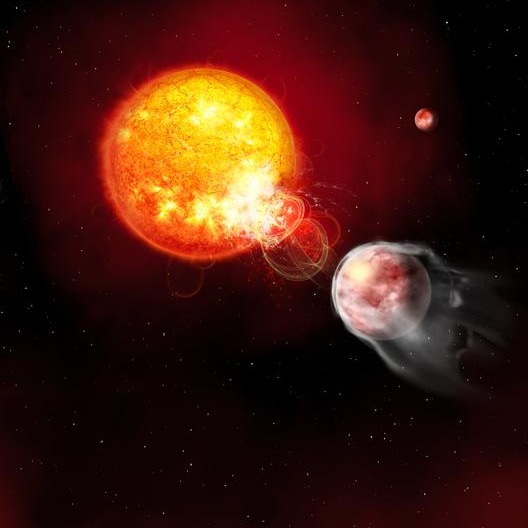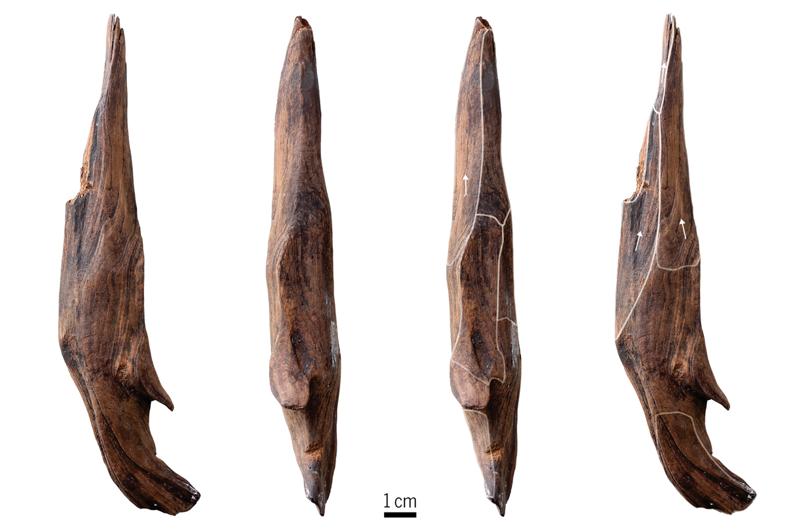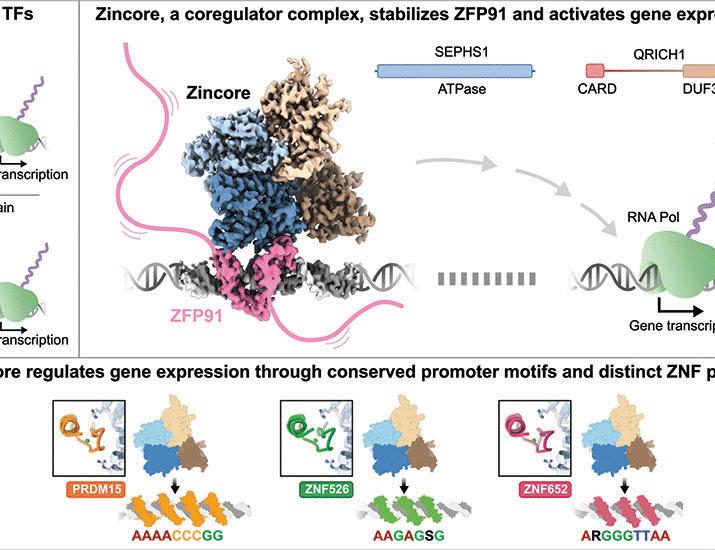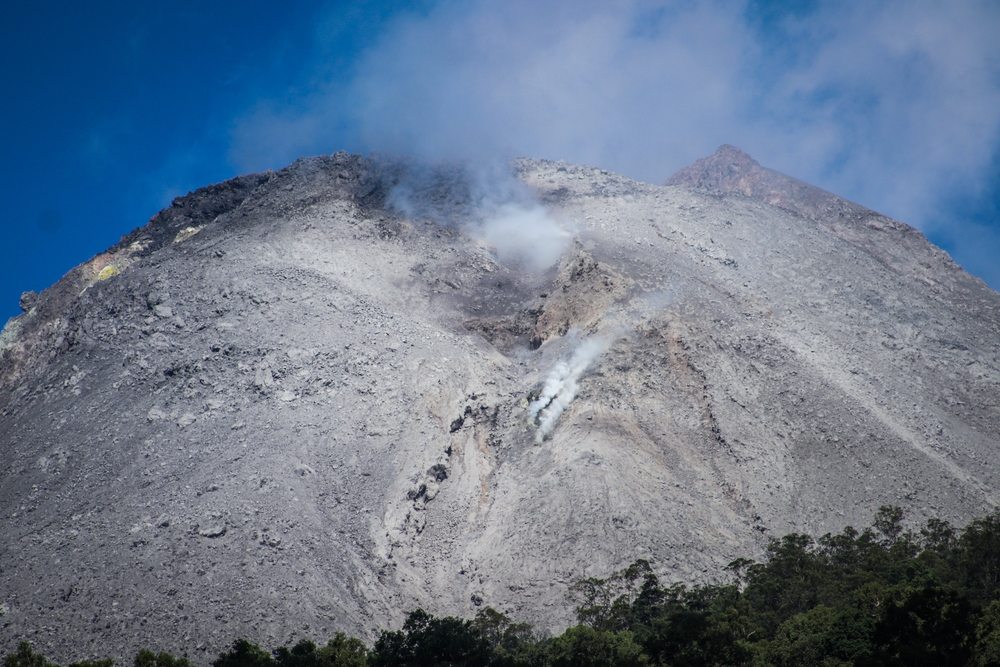Now Reading: A Clingy, Cotton Candy Exoplanet Is Causing Its Host Star to Flare Up
-
01
A Clingy, Cotton Candy Exoplanet Is Causing Its Host Star to Flare Up
A Clingy, Cotton Candy Exoplanet Is Causing Its Host Star to Flare Up

Whether it’s an ex, a friend, a child, or a coworker — we’ve all experienced a clingy person in our lives. They revolve around you like a planet to a star, demanding your energy and slowly draining the life out of both of you. And as it turns out, that comparison might be more fact than simile.
For the first time, astronomers have observed an exoplanet orbiting close enough to its host star to trigger flares of radiation. The new study, published in Nature, describes the clingy planet, HIP 67522 b, as having a death wish, as its wispy mass is slowly deteriorating thanks to its proximity to the star.
“The planet seems to be triggering particularly energetic flares,” said Ekaterina Ilin, from the Netherlands Institute for Radio Astronomy, in a press release. “The waves it sends along the star’s magnetic field lines kick off flares at specific moments. But the energy of the flares is much higher than the energy of the waves. We think that the waves are setting off explosions that are waiting to happen.”
A Clingy Planet With A Death Wish
HIP 67522 b orbits a young 17-million-year-old star. Slightly larger and cooler than our Sun, the star is already host to two known planets. But it’s the inner one that has piqued astronomers’ interest.
“We hadn’t seen any systems like HIP 65722 before; when the planet was found it was the youngest planet known to be orbiting its host star in less than ten days,” said Ilin in the press release.
Although it may appear large, being roughly the size of Jupiter, the exoplanet has a density comparable to that of cotton candy. This low density makes HIP 65722 b one of the lightest, fluffiest exoplanets ever discovered. And that fluffiness is proving to be a liability.
HIP 67522 b sits dangerously close to its host and only takes seven days to orbit, causing frequent flares. These flares, some 100 times more energetic than what scientists expected, are blasting the planet’s thin atmosphere and stripping it away year after year. If the current pace continues, the planet could shrink to the size of Neptune within the next 100 million years.
Read More: Sun Showing Increased, Most Intense Solar Flare Activity Yet in 2025
A New Kind of Planet-Star Interaction
This extraordinary case may finally answer a decades-old astronomical question. Since the first exoplanets were discovered in the 1990s, scientists have speculated whether close-orbiting planets could agitate their stars enough to trigger flares. Now, thanks to data from NASA’s Transiting Exoplanet Survey Satellite (TESS) and the European Space Agency’s CHaracterising ExOPlanet Satellite (Cheops), that theory has found compelling support.
With many stellar flares observed, often when the planet passes in front of its star, astronomers are confident the exoplanet’s magnetic “whip-like” motion is to blame. As the planet orbits its star, it gathers energy and then whips those waves of energy along the star’s magnetic field lines. When waves and field lines meet, a massive flare is triggered.
This discovery opens a new frontier in the study of planet-star dynamics, as it is the first time we’ve witnessed a planet influencing the behavior of a star. The team hopes to continue utilizing cutting-edge technology, such as TESS and Cheops, to further monitor the relationship.
“I have a million questions because this is a completely new phenomenon, so the details are still not clear,” said Ilin in the press release.
Read More: JWST Dives Deep into the Ultra-Hot Exoplanet WASP-121b
Article Sources
Our writers at Discovermagazine.com use peer-reviewed studies and high-quality sources for our articles, and our editors review for scientific accuracy and editorial standards. Review the sources used below for this article:
As the marketing coordinator at Discover Magazine, Stephanie Edwards interacts with readers across Discover’s social media channels and writes digital content. Offline, she is a contract lecturer in English & Cultural Studies at Lakehead University, teaching courses on everything from professional communication to Taylor Swift, and received her graduate degrees in the same department from McMaster University. You can find more of her science writing in Lab Manager and her short fiction in anthologies and literary magazine across the horror genre.























